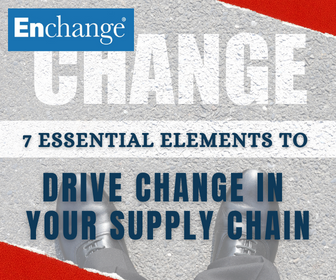I spent time over the Christmas break looking back at a lot of the great blogging work my colleagues have done during 2021. As I reflected, I reviewed some of our recent client project notes. Catching up on some filing (not usually a good idea over Christmas), I asked myself the following:
- What recipe has allowed us to deliver continued success for our clients?
Please bear with me. I mention this as I have arrived at something of a revelation. And a simple revelation at that.
 A common theme emerged. Clients want help to solve problems… in supply chain and route to market. They want this to be quick. They want, indeed demand, subject matter experts (we are), a deep understanding of their sector (tick), and to train their people how to carry on the work after we leave (always part of our project deliverables).
A common theme emerged. Clients want help to solve problems… in supply chain and route to market. They want this to be quick. They want, indeed demand, subject matter experts (we are), a deep understanding of their sector (tick), and to train their people how to carry on the work after we leave (always part of our project deliverables).
The same basic needs applied 28 years ago when I founded Enchange. The difference is that the need is more urgent now, because the pace has change has made it thus.
So I have tried to define some principles that are needed to deliver successful change. I suggest that you need to understand the following:
- Why is change needed?
- What needs to change?
- How will the change happen?
All straightforward you may think. As always, there is some detail behind these three simple statements. These are, I contend, the key elements to make meaningful change happen in supply chain (and route to market).
- External assessment or analysis of the market and environment. (The Why from above)
- Internal analysis of current processes, systems and people. (Why & What)
- Precise definition of what exactly needs to change - some would call this recommendations. (What)
- A simple model for change. This is more important than it may at first appear. Change needs to be communicated in simple terms. Ideally it is diagrammatic and must never be more than one page. (What and the start of How)
- Resources needed – people, technical, IT and systems (How )
- Leadership and management of the change (more What)
- Measurement of success or demonstration of why the change was needed and has now succeeded.
I would add that meaningful change can happen very quickly. In my experience, supply chain optimisation for example, can commence within 2–3 months. Indeed it is often the case that if the change doesn’t happen quickly, people soon lose interest with any change project for that reason alone.
As I recall some of our past projects, I have been able to reflect that success has been in one way or another the result of the extent to which we have applied these seven elements. I suppose that I named Enchange (verb - to enable change) for a reason.







